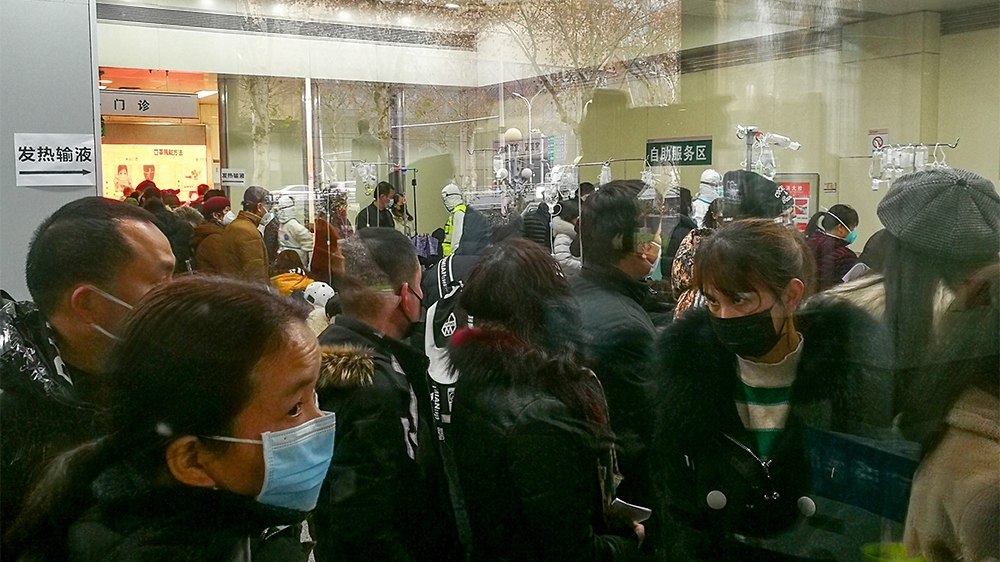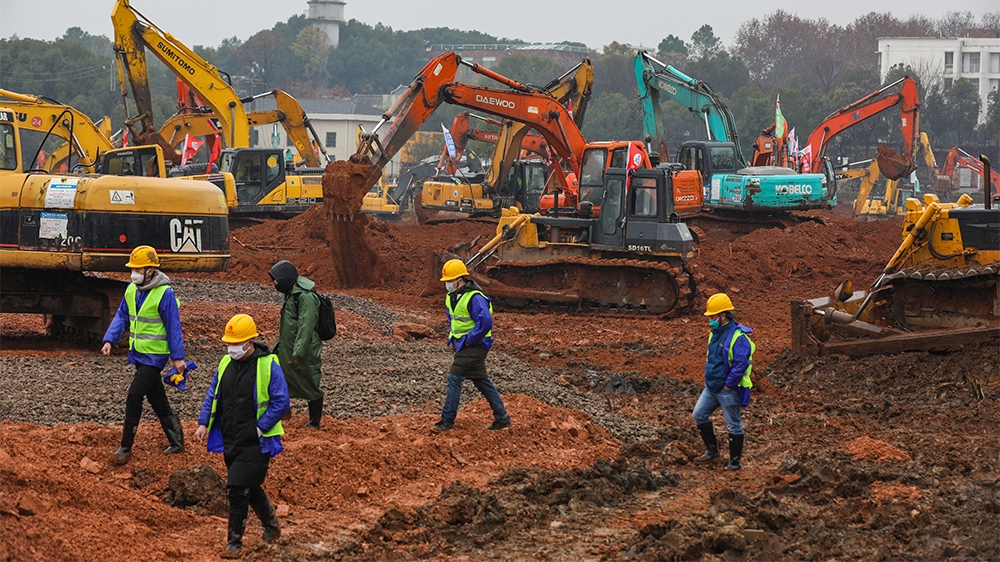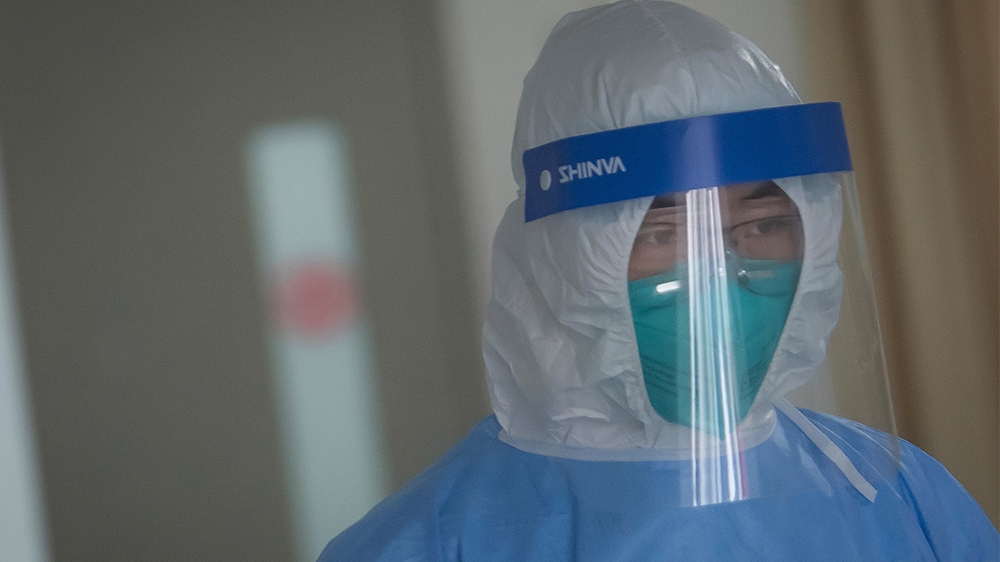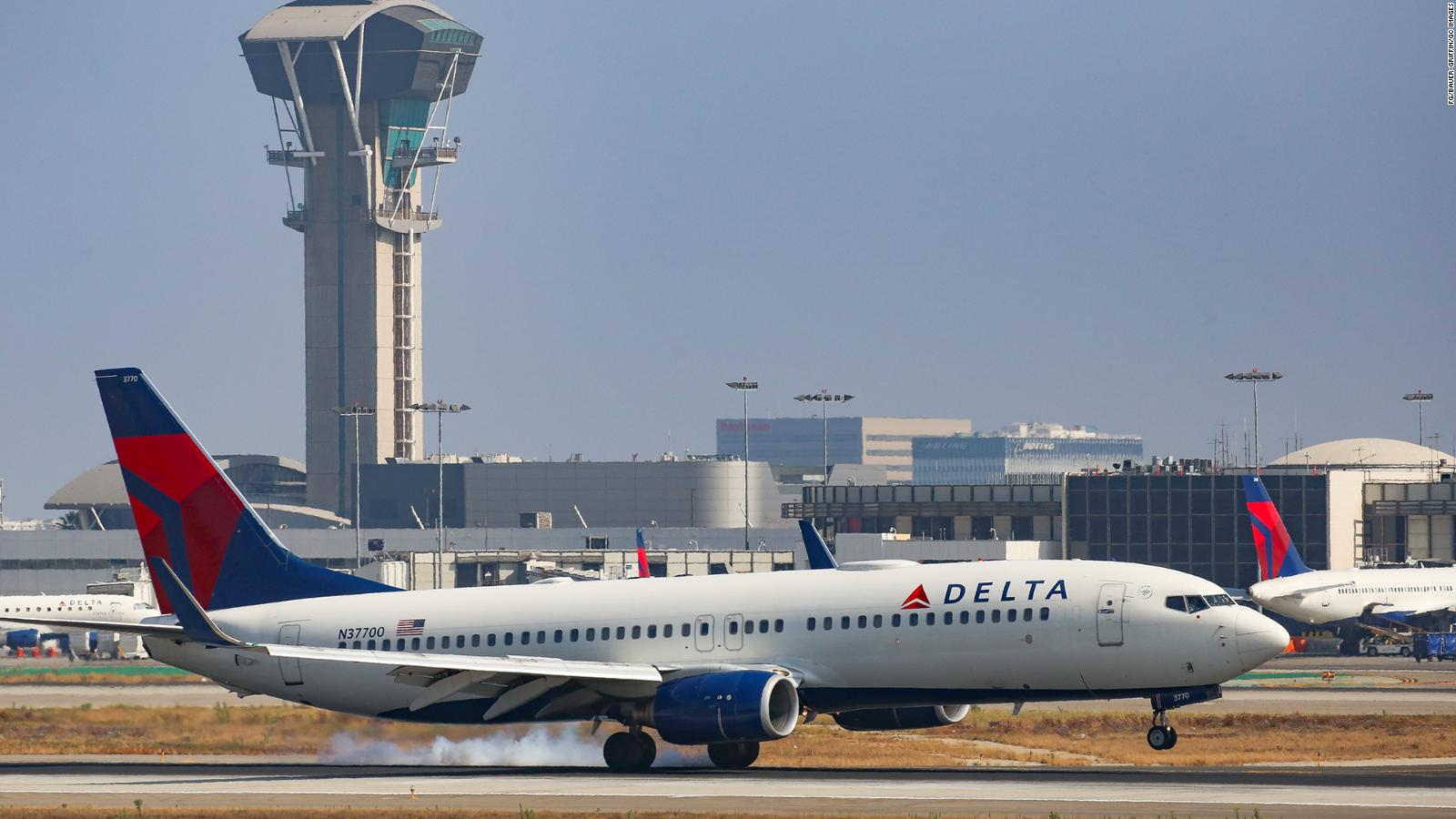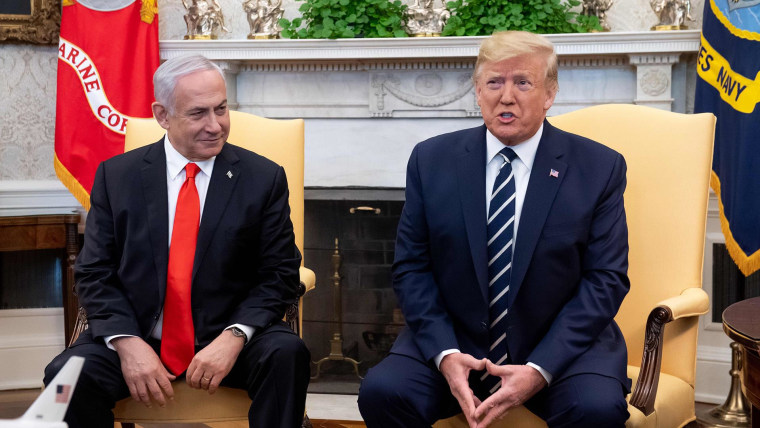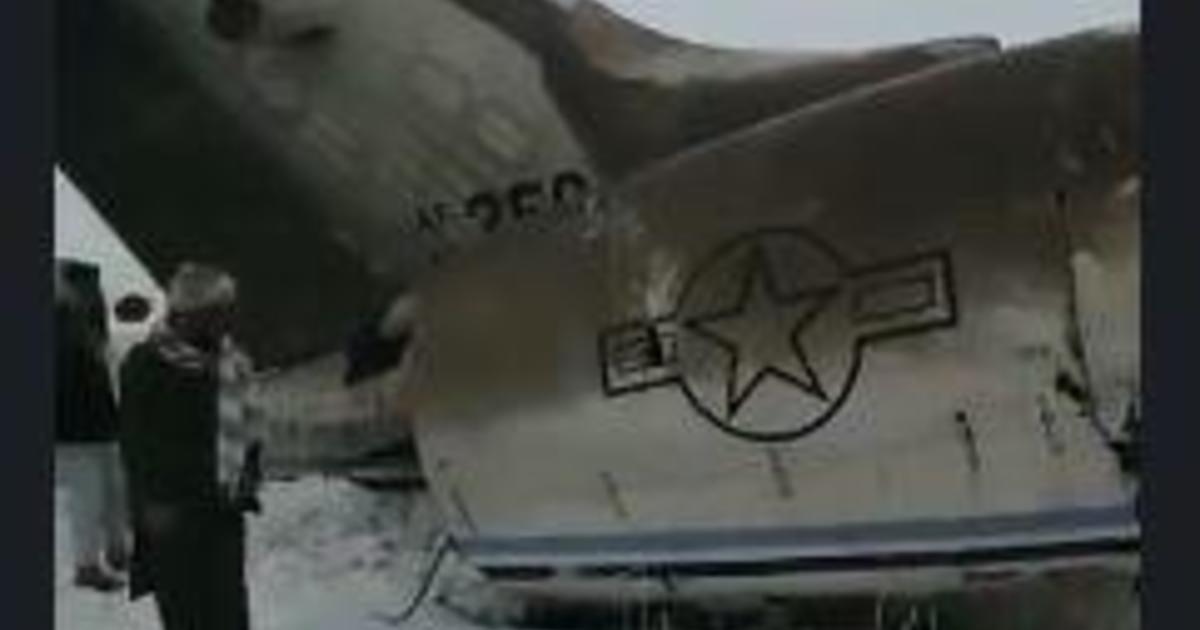Andrew Harrer Bloomberg
JERUSALEM — Israelis and Palestinians awoke Wednesday with the long-contested ground seeming to shift beneath their feet following the much-awaited reveal of the latest, and most unusual, proposal to resolve their five-decade standoff.
As one side of the dispute rejected a White House plan it condemned as hopelessly biased, the other raced to lock down the territorial prizes the plan offered. This ensured that the proffered deal could have permanent consequences even if, as many analysts predict, it will go nowhere during its self-imposed four-year window.
Even before the parties had finished poring over the map that described a possible Palestinian state on 70 percent of the West Bank, Israeli Prime Minister Benjamin Netanyahu made clear he would immediately take steps to annex the other 30 percent, the location of more than 150 Jewish settlements, along with the Jordan Valley.
However, on Wednesday morning, Tourism Minister Yariv Levin, who accompanied Netanyahu to Washington, told an Israeli radio station that because of formal procedures, this process could be delayed.
The dizzying pace of events left all sides scrambling to assess what was changing and what remained of the dogged status quo.
[Trump announces long-awaited Israeli-Palestinian peace package amid doubts it will lead to progress]
Parallel to his ongoing impeachment trial, President Trump revealed his long-awaited Middle East peace plan with Israeli Prime Minister Benjamin Netanyahu on Jan. 28.
The Palestinian leadership united in declaring the plan a nonstarter — “a thousand no’s,” shouted Palestinian Authority President Mahmoud Abbas — although some neighboring Arab states seemed to allow for a few “maybes.”
Groups of protesters turned out only in parts of the West Bank, the Gaza Strip and in nearby Amman, Jordan. There were scenes of isolated rock-throwing and flaming posters of President Trump and Netanyahu, but no reported injuries.
While frustration and anger at the U.S. plan were rampant on Arab-language social media, it was much more energetic online than in the relatively limited street rallies.
A general strike was called for Wednesday in Gaza, and at midday Wednesday several, but not all, shops were closed. A group of boys, free from school, burned a tire at a corner in Gaza City.
Muhammad al-Burai, an idled teacher, watched them, lamenting all that the proposal would take away from his beleaguered people.
“The plan tells us that there is no Jerusalem, no return of refugees, no control of borders, no airport or seaport, the settlements have become legitimate, the martyrs and the detainees have become criminals, and all this for $50 billion” in promised investment funding, he said. “Is there a sane person who accepts this?”
Israeli settlers were also sorting through the deal’s particulars, with mixed responses. They stood to achieve a long-cherished dream of having their hilltop towns and cities become normalized Israeli communities — patrolled by police instead of soldiers — but many balked at the price: a four-year freeze on building and the prospect of a Palestinian state.
“That’s a big no,” said David Haivri, a longtime resident of Kfar Tapuach, an Orthodox Jewish settlement of 1,500 people north of Jerusalem. “We are a thriving community, and we need to grow. To ask us to not be alive, even for a short period and certainly for four years, we cannot accept that.”
Adel Hana
AP
Protesters burn pictures of President Trump to denounce his Middle East peace plan, at the main road market in Jebaliya refugee camp, Gaza Strip, Jan. 28, 2020.
Some settlement movement leaders, many of whom traveled to Washington with Netanyahu, were similarly dismissive. In the hours after plan’s debut, some expressed surprise that the prime minister they considered a key supporter endorsed the concept of their communities existing as islands surrounded by a sovereign Palestine, even one allowed no army or airport.
But others were prepared to weigh the pros and cons of what they recognized as a high-water mark for their movement, which is condemned by much of the international community as illegal.
“If we would have been told 20 years ago that America would come to recognize the settlements, we would have been considered fools” to believe that, said Oded Revivi, an official on the Yesha Council, a settler umbrella group. “The plan poses challenges that are not simple and will require us to think carefully.”
He cited as examples the plan’s recognition of a Palestinian state with sections of East Jerusalem as its capital.
The path to statehood was the most surprising feature of the plan for many of Israel’s most conservative factions, which otherwise delighted in its favorable tilt their way.
Eugene Kontorovich, a legal expert at the Koholet Policy Forum, a leading right-wing think tank in Jerusalem, said many on the right would likely embrace the trade-off as they realized how many safeguards were built into it. The Palestinians could achieve statehood only after meeting a string of prerequisites, from disarming Hamas to recognizing Israel as a Jewish state.
“Unlike other plans, this one builds in criteria the [Palestinian Authority] would have to meet to show it really wants to be a peaceful neighbor,” Kontorovich said. “And if you fail, statehood is taken off the table.”
But others from the right were adamantly opposed to the idea. Defense Minister Naftali Bennett said the right-wing Yamina party he leads, which Netanyahu will need to form a government if he is successful in the March 2 election, will “under no circumstances recognize a Palestinian state in any format.”
Still, Bennet was enthusiastic at the prospect of a quick annexation of the settlements and the Jordan Valley, a move seemingly greenlighted by the American authors of the plan. U.S. Ambassador to Israel David Friedman told reporters Tuesday that annexation would still allow for a Palestinian state.
“If Israelis apply Israeli law to the settlements and territory allocated to Israel under the plan, a significant minority of the West Bank, then we will recognize Israeli sovereignty” over the annexed areas, Friedman said. “And from the Palestinian perspective, they are still in the game.”
Speaking at a conference Wednesday, Bennett said that Israel could not afford to miss “this historic opportunity” to apply Israeli sovereignty to all Israeli settlements and any other areas outlined in Trump’s plan. He said he had already called for the establishment of a team made up of the Israeli military, various government offices and the civil administration overseeing the West Bank to explore ways to implement the process of annexation.
For liberal Israelis, any relief that the concept of a two-state solution might endure — with the unexpected endorsement of a future Palestine by both Trump and Netanyahu — was overshadowed by the restrictions the plan would impose.
“The usage of the word ‘state’ in the context of this plan is beyond cynical,” said Hagai El-Ad, executive director of the Israeli human rights group B’Tselem.“This is not a plan for Palestinian rights nor a state, except for the permanent state of apartheid.”
Majdi Mohammed
AP
Palestinian Authority President Mahmoud Abbas speaks after a meeting of the Palestinian leadership in the West Bank city of Ramallah. Tuesday, Jan. 22, 2020.
In the West Bank, anger at the plan only grew among Palestinian leaders after the details became clear. Not only were the terms unfavorable, as officials had predicted for the years they boycotted the White House discussion, but the actual details were nearly identical to demands they had heard from Israelis in the past.
“What I heard President Trump read was verbatim, word-for-word, what I have heard from Netanyahu’s negotiators,” said Saeb Erekat, the longtime chief Palestinian negotiator. “This plan was not written in Washington. It was written in the office of the prime minister of Israel.”
In the West Bank, the deal’s promised torrent of money via a $50 billion investment fund was dismissed as both an empty promise and a lowball offer for limited independence on less land than previous peace deals have offered.
“Fifty billion dollars is an insult to every Palestinian,” said Ibrahim Barham, a software developer from Ramallah who was invited to — and declined to attend — a conference organized in Bahrain by the White House last year to promote West Bank investment as part of the peace plan. “Our land is worth trillions. Jerusalem, to us, is worth all the money on the face of the Earth. This has never been about money.”
Some of the Palestinians’ Arab neighbors in the region, however, were not so quick to reject the Trump plan outright. Jordan and Turkey roundly condemned the proposal, and in Lebanon, the Iranian-allied Hezbollah movement vowed to “topple” what it called the “deal of shame.”
But others were more supportive, notably Egypt and the Arab states of the Persian Gulf that have drifted closer to normalized relations with Israel out of shifting strategic interests and years of peace-process stagnation.
Saudi Arabia’s Foriegn Ministry tweeted a thank you for Trump’s efforts “to develop a comprehensive peace plan between the Palestinian and Israeli sides,” and the United Arab Emirates described it as “a serious initiative that addresses many issues raised over the years.”
Oman, Bahrain and the UAE sent representatives to the White House for the plan’s release.
Sufian Taha in Jerusalem and Hazem Balousha in Gaza contributed to this report.
Opinion: What Trump and Netanyahu just unveiled was a PR campaign, not a peace plan
Timeline: Trump’s policies toward the Palestinians
Today’s coverage from Post correspondents around the world
Like Washington Post World on Facebook and stay updated on foreign news
https://news.google.com/__i/rss/rd/articles/CBMiswFodHRwczovL3d3dy53YXNoaW5ndG9ucG9zdC5jb20vd29ybGQvbWlkZGxlX2Vhc3QvaXNyYWVsLXJ1c2hlcy10by1jYXBpdGFsaXplLW9uLXBlYWNlLXBsYW4tYXMtcGFsZXN0aW5pYW5zLWV4cHJlc3MtYW5nZXIvMjAyMC8wMS8yOS8wOWU1NzQzMC00MWZkLTExZWEtOTljNy0xZGZkNDI0MWEyZmVfc3RvcnkuaHRtbNIBwgFodHRwczovL3d3dy53YXNoaW5ndG9ucG9zdC5jb20vd29ybGQvbWlkZGxlX2Vhc3QvaXNyYWVsLXJ1c2hlcy10by1jYXBpdGFsaXplLW9uLXBlYWNlLXBsYW4tYXMtcGFsZXN0aW5pYW5zLWV4cHJlc3MtYW5nZXIvMjAyMC8wMS8yOS8wOWU1NzQzMC00MWZkLTExZWEtOTljNy0xZGZkNDI0MWEyZmVfc3RvcnkuaHRtbD9vdXRwdXRUeXBlPWFtcA?oc=5
2020-01-29 12:04:00Z
52780567082543
